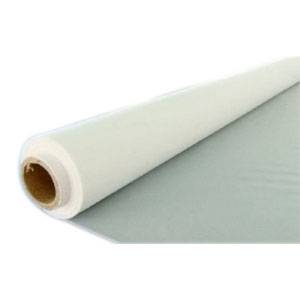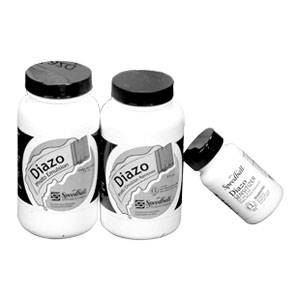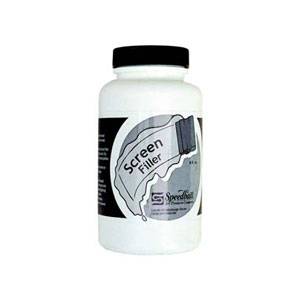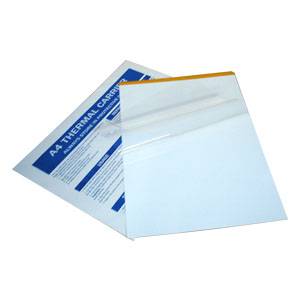Screen Printing Supplies
Uncover our range of Screen Printing at Discount Art & Craft Warehouse. Spend more time creating by finding the right Screen Printing you need at discounted prices!
We believe that art should be accessible and available to everyone within every budget. Whether you are a professional or a beginner, we aim to provide you with exactly what you need! We stock a wide range of Screen Printing from the biggest art brands around including Derwent, Reeves, Winsor & Newton, Faber-Castell, Art Spectrum, Copic, Matisse and many more.
FAQs about Screen Printing Supplies
What Is Screen Printing
Screen printing is a method of applying an ink-blocking stencil to a mesh screen in order to receive a certain picture. The screen stencil creates open areas of mesh that allow ink or other printable materials to flow through as a sharp-edged image is pressed against the mesh as it adheres to the surface.
How To Screen Print Shirts
Cover the print with a sheet of brown paper or baking paper. Iron on 'Medium' for about 1 minute, then take a short break and iron over the design again for another 30 seconds. There you go, your print is now dry.
What is screen printing?
Screen printing is a technique used to transfer images onto paper or fabric. It involves using a frame or screen made up of tightly-woven threads, so that ink will only pass through the open spaces in the mesh.
There are many different types of screen printing in the arts, including stencilling, silk screening, and photo emulsion. Each of these methods has its own unique benefits, but they all have the same basic function: to transfer the desired image onto another surface.
What is screen printing vs digital printing?
Digital printing is a newer method for transferring images onto paper or other surfaces, and it has many advantages over traditional screen printing techniques. Unlike with screen printing, images can be printed directly onto the desired surface without having to use a separate frame or screen. Digital printing also uses smaller dots than traditional screen printing, which creates a smoother, more photographic look.
What materials are needed for screen printing?
There are several different materials that are needed for screen printing, including a frame or screen, emulsion, and film positive.
There is also a range of different tools and materials that are needed for screen printing, including squeegees, inks, and substrates. Squeegees are tools used to apply ink to the screen, and they come in many different shapes and sizes. Inks are available in a wide range of colours, though the most common are black, white, and transparent. Substrates are the materials onto which the ink is transferred; these can include paper, cardboard, fabric, and more.
What are the benefits of screen printing?
There are many benefits to using screen printing, including its versatility and affordability. Many different materials can be printed with the technique, including paper, fabric, glass, and more. Furthermore, it is a relatively inexpensive printing method that does not require expensive equipment or supplies. Finally, because screen printing is a relatively easy process to learn, it is an excellent choice for beginners who are just starting out with different printing techniques.
What are some tips for using screen printing?
There are several different tips that can help you get the most out of screen printing. First, when working with multiple screens or colours, make sure that you keep them organised and labelled. It can be easy to get confused about which image is on which screen, especially if you are using multiple colours, so having a system for labelling can help to prevent mistakes.
Second, when using screen printing for textiles or fabric, make sure that you do some testing first. Different substrates and inks may require different settings, temperatures, or other adjustments to get the best results. So do a little experimenting. Before you start printing in earnest and make sure that you have the right settings for your project.
What surfaces can screen printing be used on?
Screen printing can be used on a wide range of materials, including paper, cardboard, fabric, glass, plastic, and more. It is particularly useful for artists and designers who work with textiles or fabrics, since it can create unique patterns and prints on these types of surfaces.
What art supplies will I need when using screen printing?
When using screen printing, there are a few important tools and materials that you will need. These include ink in the colours that you plan to use, as well as a screen or screens that are appropriate for your project.
In addition to ink, you will also need some type of printing base – this might be a blank piece of paper, fabric, or another substrate. You will also need a squeegee that can help to apply the ink and create your desired print.
Other tools that you may need when using screen printing can include a cleaning brush so that you can remove any excess ink or debris from your screens. You will also need plenty of rags or paper towels to help keep your prints clean and dry. Finally, if you are going to be screen printing on fabric, then you may also need some type of heat press or another method for curing the ink onto your fabric.




